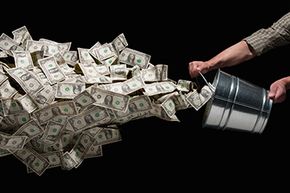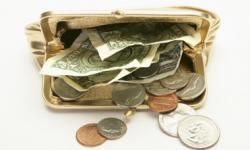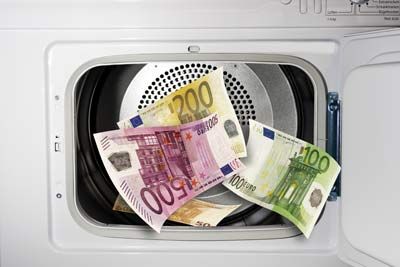A Bradenton, Florida, man named Rick Snyder developed what might seem like an odd habit. While on his daily four-hour walk around town to feed stray cats, he stopped at car washes along the way, and poked his fingers into the change slots of the self-service vacuum machines that people use to clean the insides of their vehicles.
If you think that would yield an occasional quarter or a dime left behind in haste, you're underestimating our collective carelessness. He found an average of $5.60 per trip, and over a decade amassed $21,495 in lost change, which he eventually donated to a local animal rescue organization [source: Irby].
Advertisement
Snyder isn't the only person who has found money that the rest of us have accidentally left behind or misplaced. Consider the Humphreys, a New York City family who systematically picked up pennies and other coins that they found on sidewalks and stored them in a jar. In the course of a year, they collected $1,013 [source: Vigeland]. In New Paltz, New York, three young roommates spent $20 in 2014 to buy an old couch at the local Salvation Army thrift store. When they got home, to their shock, they discovered more than $40,000, much of it in $100 bills, hidden inside the pillows [source: Chappell].
So how much lost money is floating around out there? Unfortunately, no one seems to have done a comprehensive study. But the amount must be staggering.
Consider that by various estimates, between 66 and 74 percent of the pennies produced by the U.S. Mint get into the hands of consumers and then vanish from circulation [source: Elder]. Since the U.S. Mint produced $4.16 billion dollars' worth of pennies in 2014, that means that as much as $3.08 billion of them will end up dropped on the sidewalk, slipping between the couch cushions or landing wherever else misplaced coins end up [source: U.S. Mint].
As for paper money, the Federal Reserve System ordered $121.7 billion in new bills printed in 2014, 85 percent of them to replace worn-out currency that was being taken out of circulation. Most of the rest represents increased demand [source: Fed]. But even if a few tenths of a percent of that is to replace lost bills, we'd be talking hundreds of millions of dollars.
But how do we lose so much currency?
Advertisement




